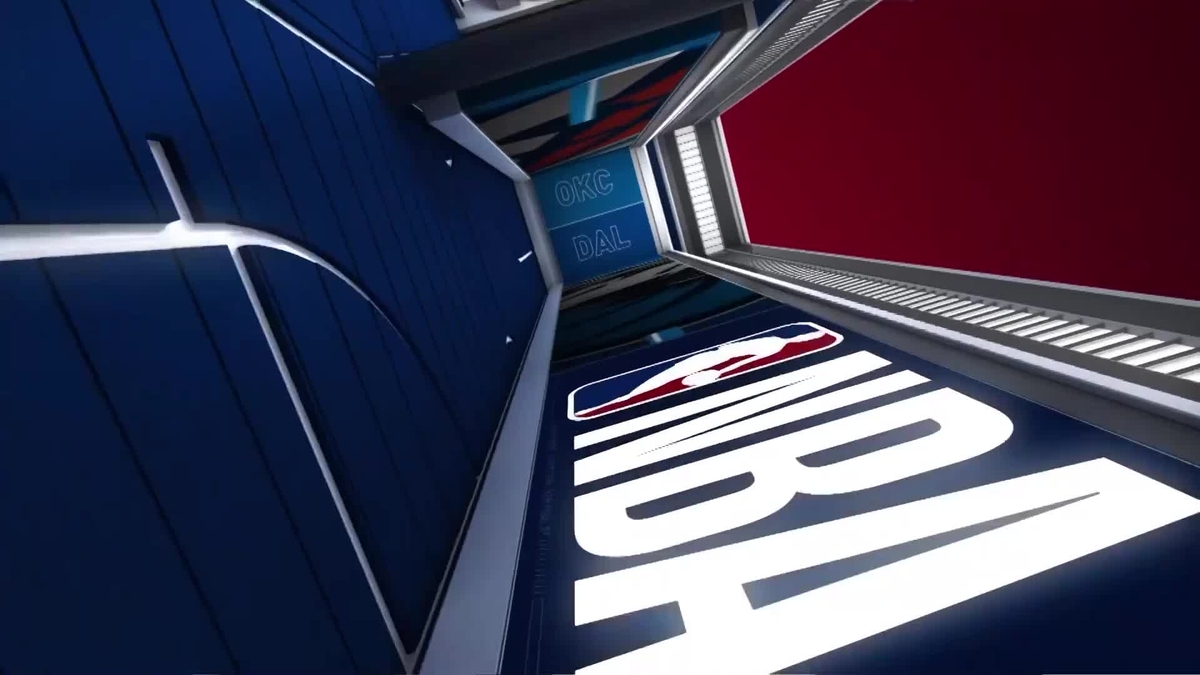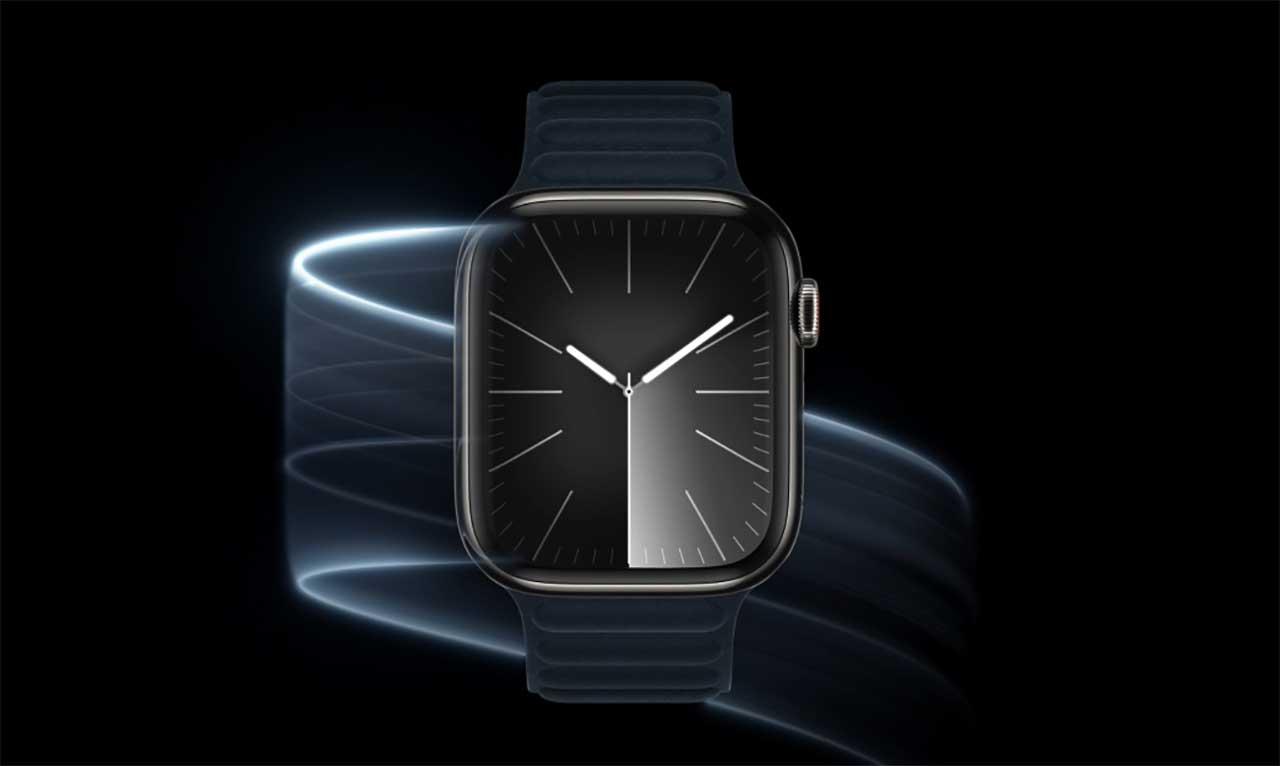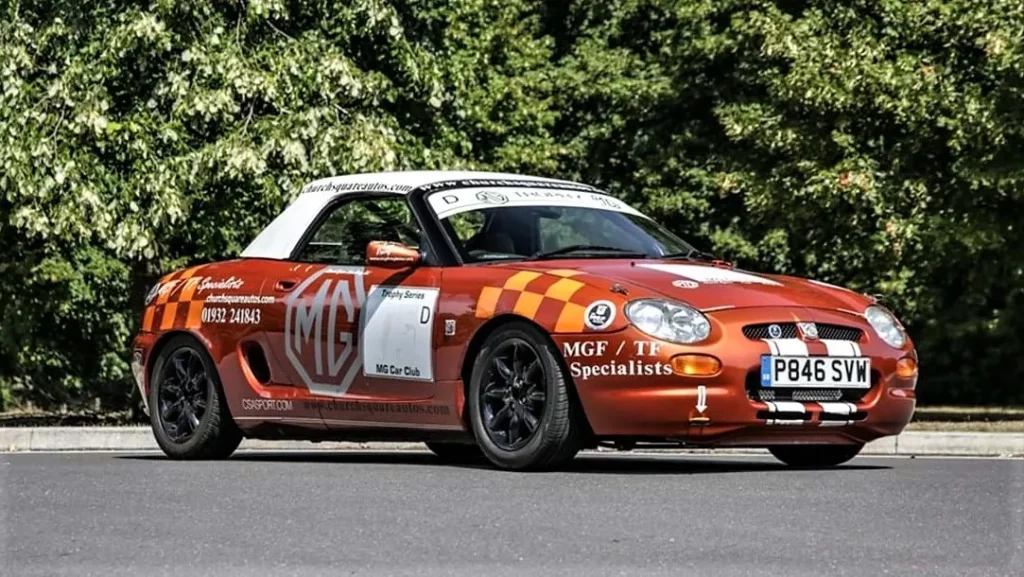When in 1995 MGVBritish industry seems to be finally salvaging one of its best traditions. That small and popular sports car. Ready to hook up your curves for the weekend without having to give up using it on a daily basis. However, the rooting of this process did not occur on its own. In fact, none of this would have happened without the introduction of the 1989 Mazda MX-5. But let’s go step by step. First of all, we must position ourselves in the fifties. A decade in which brands like MG, Sunbeam or Austin Healy They defined the British Roadster’s formula: creating two seats with lighter weight, short wheelbase and sporty character without having to focus on performance.
Thus, the MG A, Sunbeam Alpine or Austin-Healy 100 and Sprite not only began to appear on UK roads but also on US roads. The country where these convertibles garnered great success thanks to an exotic unlike the big, heavy cars produced in Detroit. With all this, the popular roadster phenomenon appeared well into the 1970s. However, from that moment on, it began to fall back in favor of other designs with clear inspiration from the GTO or Coupe. In short, there were different times to come and models such as the Opel A Manta Turbo or the Ford Capri MKIII were responsible for confirming this.
At this point, some purists willing to ride were starting to worry. One of them was the American journalist Bob Hall, who managed to strengthen relations with the legendary engineer Kenichi Yamamoto Thanks to his knowledge of Japanese. Engulfed in conversation about what Mazda could do in the face of the ’80s, Hall suggested the creator of the RX epic take back the British Roadster concept. Something that has fallen on deaf ears, after so many years of development Mazda MX-5 appeared at the end of the eighties. Wow, the truth is, his success was instant. Not only in terms of design but also in terms of sales; Something obvious just by driving for a while in any city in the UK.
The arrival of the MX-5 put on the table how there was a clear desire in the UK for a small roadster like this
The MGF Cup, the English response to the ring
Despite being a country full of pomp and circumstance, England knows how to orchestrate its contradictions with some emancipation. Even represented by the MX-5. It is probably the best and most successful ‘British’ roadster even though it is a notable Japanese car. However, the truth is that its release came as a shocker in terms of the restoration of those small two-seater seats by local brands. In this sense, the first reaction from Lotus came with Elan Tipo100 since 1989.
A car that did not sell well despite being targeted at a well-known clientele. After all, Lotus was controlled by Americans from General Motors for three years and yes, it showed. And a lot. Moreover, the followers of Colin Chapman did not recognize themselves in this model with front-wheel drive and an Isuzu engine. However, although the brand itself seems to continue to dismiss it when you read its profile in the media section, the Elan Type100 has gained a charm over the years. On the other hand, there’s always something going on with the “ugly ducklings” of historical brands.
Other than what happened with Lotus, those in charge of Rover Group knew they had a certain responsibility when it came to offering an alternative to the MX-5. Not in vain, they had the MG brand. An indisputable reference when talking about British roadsters. In this position, they began to offer the RV8 in 1992. The photo process is interesting because it hardly modified the classic designs, and also added a powerful V8 block with more than three liters of displacement. result? A car that justifies the past but does not serve the present because of its high price.
MG wanted to highlight the sporty character of this model by launching several single-brand competitions in countries such as France, the UK or Japan.
However, the Rover group actually started thinking about a popular roadster from scratch in 1991. In addition, they built it with an attractive mid-engine design despite the popular price tag it had to bring to market. So, when the MG F finally hit the market in 1995 – the year BMW actually acquired the Rover range – the buyer’s reaction was very positive. Not in vain, in addition to its attractive appearance, it had pleasant and solvent handling thanks to its four-cylinder blocks with 1.6 and 1.8 liters of displacement to produce up to 143 CV in the most powerful units of the first series .. In addition, the first units of the MG Cup appeared F. in 1996. The model was adapted to tracks with the goal of carrying single-manufacture cups in France, the UK and Japan. In fact, it was in the last country where the MG F Cup was held for the first time. Which, in a sense, is something we can see as a small closure to this cross-story between the MX-5 and the MG F.

“Beeraholic. Friend of animals everywhere. Evil web scholar. Zombie maven.”


:quality(85)/cloudfront-us-east-1.images.arcpublishing.com/infobae/N6JGVOENRJDQTHF5V7XEB6N6VM.jpg)





More Stories
Can artificial intelligence help us study and mitigate the environmental impact of traffic?
What is Uber Shuttle, the new low-cost transportation service to airports and events
Any dog’s dream is to travel in this car, which is not yet sold in Spain